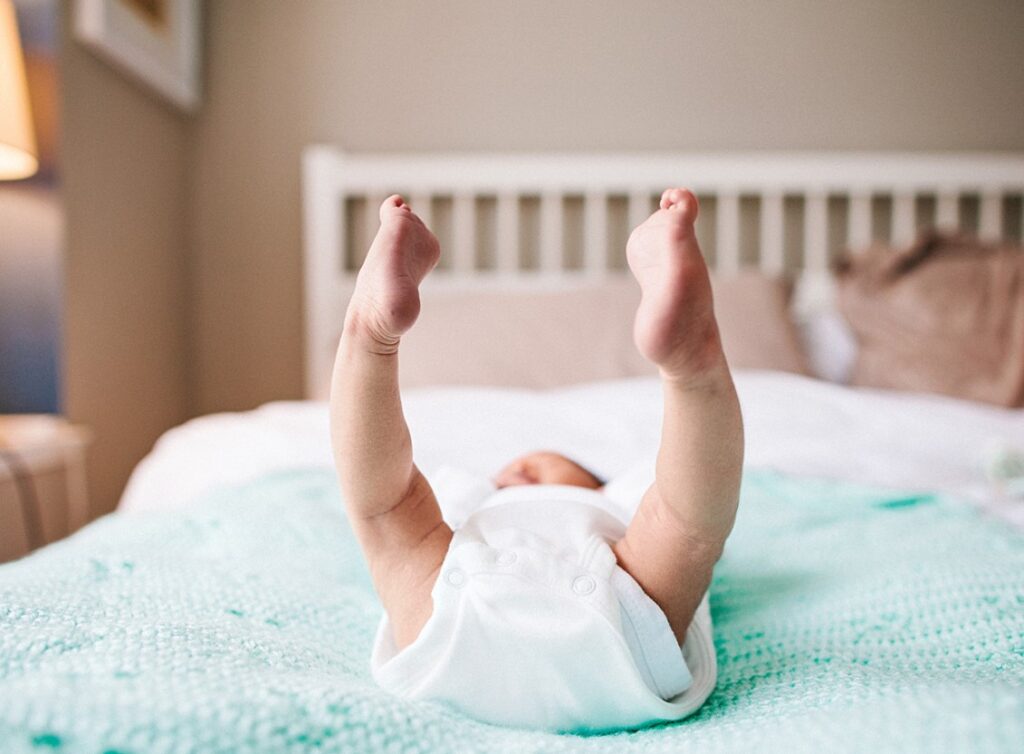Hip dysplasia is a serious condition. It occurs when the hip socket is not able to cover the part of the thighbone which is ball-shaped. When this happens, the joints of the hips are not able to connect and they’re actually considered dislocated. This is not a common condition for grownups, as it is mostly associated with newborns. People who live with it are in most cases born with it.
This condition is no reason to fear, as doctors will determine if your newborn has this condition shortly after the birth. When the issue is located early on, it can get solved by a soft brace.
The primary issue with this condition is that when the symptoms are mild they won’t show until the patient is a young adult. In this period it can cause some bigger issues such as a hip labral tear.
When this happens surgery is one of the solutions used to return pieces of the one in their original position. Now, let’s see what are the signs of this illness.
Primary Signs of Hip Dysplasia

When it comes to this condition, the symptoms and signs may vary. It all depends on the age of the patient. With newly born, the symptoms can be noticed with an eye test. In most cases, one leg will appear to be longer than the other. When it’s not possible to determine this condition this way, a hip ultrasound in babies is the next step in case you’re suspecting this condition. With older children, you’ll be noticing that they are limping. Furthermore, mothers are those who can notice that something is wrong sooner than anyone else. When you start changing diapers for your baby, you might notice that one leg is more flexible than the other.
As we mentioned, the situation is much easier when you’re dealing with an infant or a small child. Once the individual starts growing the issues regarding this condition become more severe. The older the person gets, the more painful this experience becomes. Older teenagers might start suffering from osteoarthritis or the above-mentioned hip labral tear. This condition is well-known to be causing insufferable pain in the groin area. Also, you might be feeling that your hip is unstable, which will show itself when you try walking faster or running if you’re even capable of conducting these activities.
So, to put all of the above in one sentence, and to answer the query from our title, the five most common signs of hip dysplasia are the disparity in leg length, limping, different flexibility of each leg, pain in the groin area, and hip instability. There are a few ways of treating this condition. The primary and easiest approach is the brace. The other two require more work, and they include a closed reduction followed by casting and an open surgery which also includes casting. While the first approach is considered less invasive, all three are considered rather routine operations.

